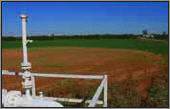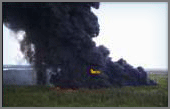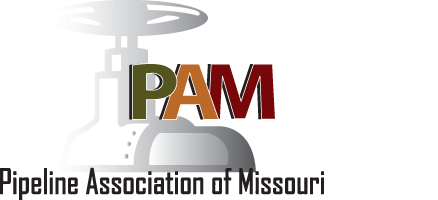Pipeline Safety
Virtually all aspects of the energy transportation pipeline industry are regulated to some extent by federal, state, and local agencies.
The Office of Pipeline Safety (OPS) is the primary federal regulatory agency responsible for ensuring that pipelines are safe, reliable, and environmentally sound. From the federal level, we oversee the development and implementation of regulations concerning pipeline construction, maintenance, and operation, and we share these responsibilities with our state regulatory partners.
Regulatory Perspective
 The OPS has a limited number of inspectors in the field working with our state partners to oversee over two million miles of pipelines. Due to this and other limitations, our past focus had to be fairly narrow in order to have any impact. We concentrated on defining and ensuring industry compliance with minimal design, operational, and maintenance practices.
The OPS has a limited number of inspectors in the field working with our state partners to oversee over two million miles of pipelines. Due to this and other limitations, our past focus had to be fairly narrow in order to have any impact. We concentrated on defining and ensuring industry compliance with minimal design, operational, and maintenance practices.
That regulatory approach produced a good safety record and pipelines today are the safest, most environmentally-friendly, and most reliable mode of hazardous liquid and gas transportation. However, pipeline accidents still happen; sometimes with profoundly tragic consequences. Therefore, we must do better, and we will.
Looking Forward
OPS has significantly transformed itself—and the way it regulates the pipeline industry—over the last few years. We have new people in new jobs with new skills. We have written new, stricter regulations, and we are enforcing them in a tough, but fair, manner. These transformations are driven by one objective: to maximize the positive impact that OPS and state program people and resources have on the safety, integrity, and reliability of our nation's pipeline system.
The rules governing pipeline safety are included in Title 49 of the Code of Federal Regulations (CFR), Parts 190-199. Individual states may have additional or more stringent pipeline safety regulations.
Signs Of A Pipeline Release
 Dying vegetation on green corridor Dying vegetation on green corridor |
| |
 Sheen or film on water Sheen or film on water |  Petroleum on ground Petroleum on ground | |
 Water bubbling or standing in unusual areas Water bubbling or standing in unusual areas |  Fire or explosion Fire or explosion |
A hissing, whistling or roaring noise | |
| Strange and unusual gaseous or chemical odors |
What To Do If You Suspect A Leak
- Immediately leave the area.
- If possible, turn off any equipment being used at or near the suspected leak. Abandon any equipment being used and move upwind from the suspected leak.
- From a safe location, call 911 or your local emergency response number, along with the pipeline company. Call collect, if needed, and give your name, phone number, description of the suspected leak, and its location.
- Warn others to stay away, when possible.

 Mist cloud or vapor
Mist cloud or vapor